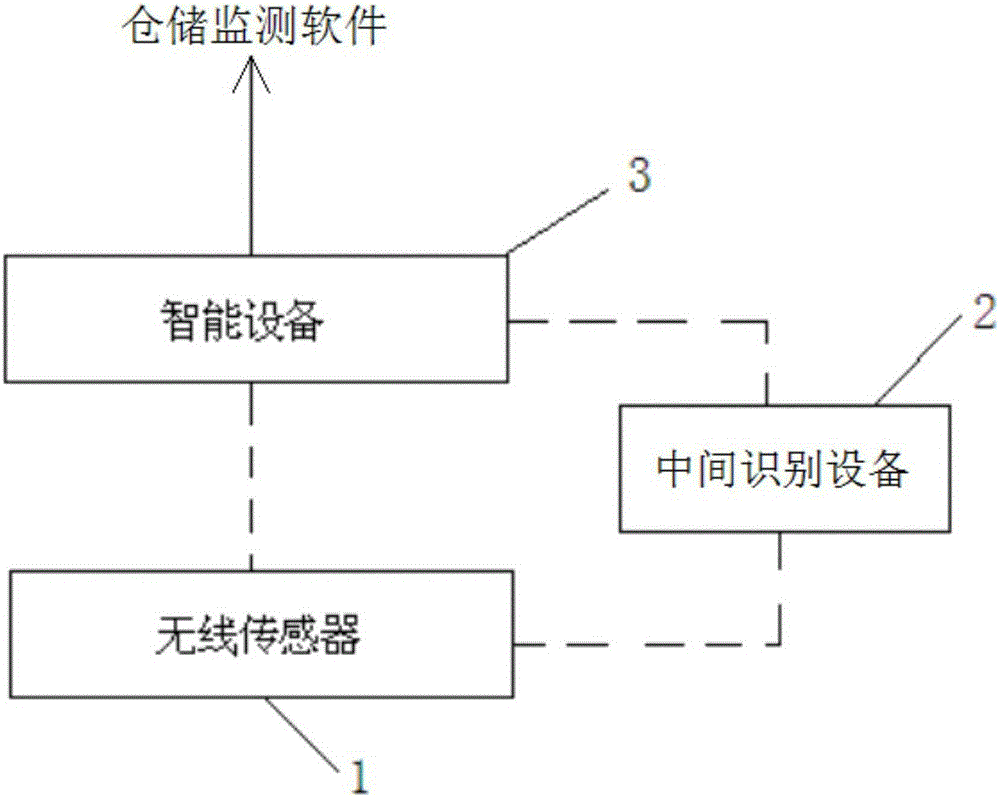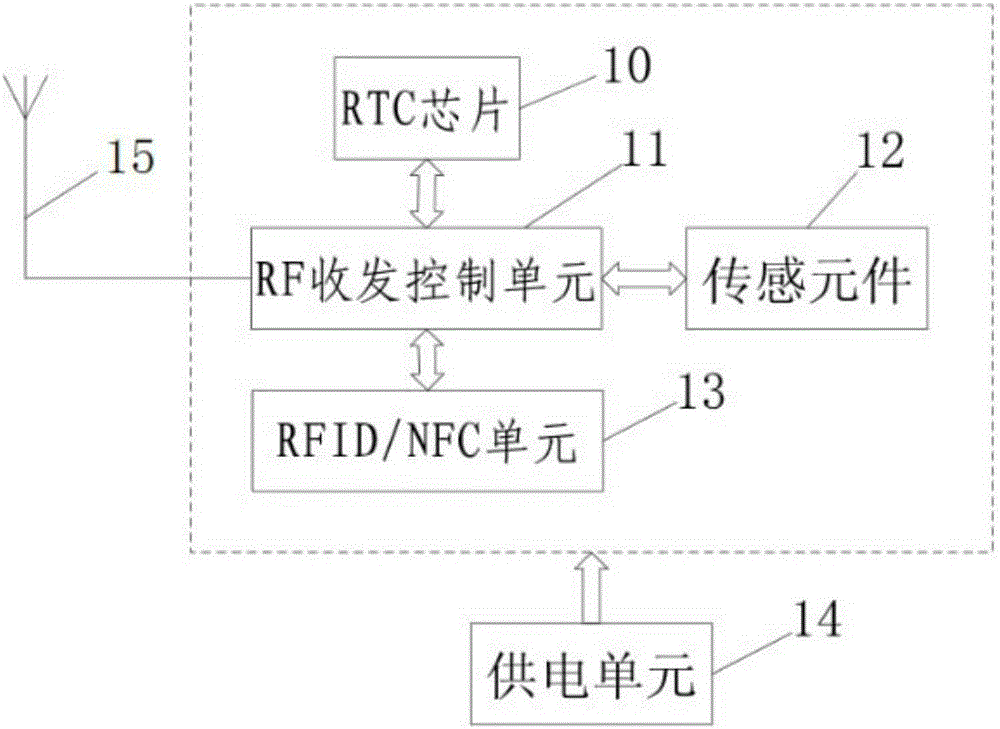Method for synchronization of position information of wireless sensor used for monitoring storage parameters
A wireless sensor and location information technology, applied in the field of warehousing and logistics, can solve the problem of inability to quickly update the placement position of wireless sensors synchronously, and achieve the effect of reducing errors and improving work efficiency
- Summary
- Abstract
- Description
- Claims
- Application Information
AI Technical Summary
Problems solved by technology
Method used
Image
Examples
Embodiment Construction
[0021] The following will clearly and completely describe the technical solutions in the embodiments of the present invention with reference to the accompanying drawings in the embodiments of the present invention. Obviously, the described embodiments are only some, not all, embodiments of the present invention. Based on the embodiments of the present invention, all other embodiments obtained by persons of ordinary skill in the art without creative efforts fall within the protection scope of the present invention.
[0022] A method for synchronizing location information of wireless sensors for monitoring storage parameters, including establishing or using software for monitoring storage parameters and arranging wireless sensors 1 in areas to be monitored. The storage parameter monitoring software is developed by itself or calls software developed by others through API. The wireless sensor 1 is a variety of wireless sensors 1 used to obtain storage parameters, such as wireless ...
PUM
 Login to View More
Login to View More Abstract
Description
Claims
Application Information
 Login to View More
Login to View More - R&D
- Intellectual Property
- Life Sciences
- Materials
- Tech Scout
- Unparalleled Data Quality
- Higher Quality Content
- 60% Fewer Hallucinations
Browse by: Latest US Patents, China's latest patents, Technical Efficacy Thesaurus, Application Domain, Technology Topic, Popular Technical Reports.
© 2025 PatSnap. All rights reserved.Legal|Privacy policy|Modern Slavery Act Transparency Statement|Sitemap|About US| Contact US: help@patsnap.com


